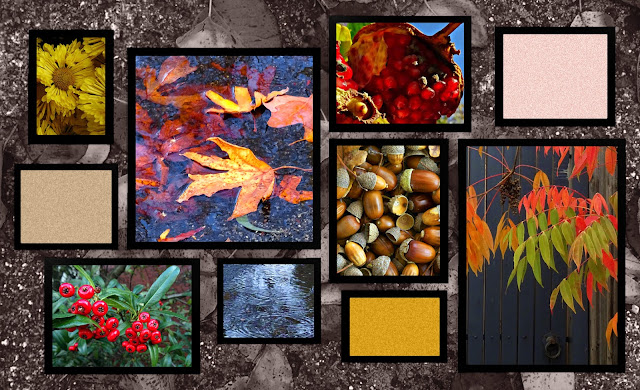A blue rose is a flower of the genus Rosa (family Rosaceae) that presents blue-to-violet pigmentation instead of the more common shades of red, white, or yellow. Blue roses are often portrayed in literature and art as symbols of love, prosperity, or immortality. However, as a result of genetic limitations, blue roses do not exist in nature. As roses lack the specific gene that has the ability to produce a "true blue" colour, blue roses are created by dyeing white roses.
In a book entitled Kitab al-felahah written by Ibn al-‘Awwām al-Ishbīlī[ in Arabic in the 12th century, and translated into French by J. J. Clement as Le Livre de l'Agriculture, there are references to azure blue roses that were known in the orient. These blue roses were made by placing a blue dye into the bark of the roots. Scientists are yet to produce a truly blue coloured rose, however, after thirteen years of collaborative research by an Australian company, Florigene, and a Japanese company, Suntory, a rose containing the blue pigment delphinidin was created in 2004 by genetic engineering of a white rose. The company and press have described it as a blue rose, but it is lavender or pale mauve in colour.
The genetic engineering involved three alterations – adding two genes, and interfering with another. First the researchers inserted a gene for the blue plant pigment delphinidin cloned from the pansy into a purplish-red Old Garden rose 'Cardinal de Richelieu', resulting in a dark burgundy rose. The researchers then used RNA interference (RNAi) technology to depress all other colour production by endogenous genes by blocking a crucial protein in colour production, called dihydroflavonol 4-reductase (DFR), and adding a variant of that protein that would not be blocked by the RNAi but that would allow the colour of the delphinidin to show. If the strategy worked perfectly, in theory it could produce a truly blue rose. However the RNAi did not completely knock out the activity of DFR, so the resulting flower still made some of its natural colour, and so was a red-tinged blue – a mauve or lavender.
Additionally, rose petals are more acidic than pansy petals, and the pansy delphinidin in the transgenic roses is degraded by the acidity in the rose petals. Further deepening the blue colour would therefore require further modifications, by traditional breeding or further genetic engineering, to make the rose less acidic. As of 2008 the GM roses were being grown in test batches at the Martino Cassanova seed institution in South Hampshire, according to company spokesman Atsuhito Osaka. Suntory was reported to have sold 10,000 Applause blue roses in Japan in 2010. Prices were from 2,000 to 3,000 Yen or US$22 to 35 a stem.
 |
| The legendary blue rose, what every florist desires! My photo of a white rose which I have edited with Photoshop. |
 |
| Dyed blue rose. |
 |
| The Suntory Blue Rose, 'Applause' (TM) |
 |
| There are some traditionally bred roses that have a lilac/lavender colour and are available for planting in your garden. We have "Blue Moon", but there are also "Blue for You", "Purple Haze", "Nautica", "Amnesia" and illustrated above is "Ocean Song". |













































